January 13, 2020
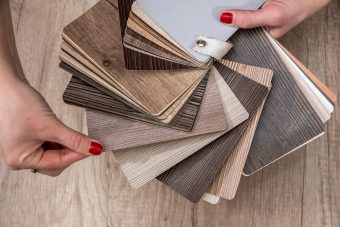
So you’re in the midst of renovating or perhaps in the process of creating your new dream home, and the whole project has been brought to a complete standstill because of one undecided factor — what thickness do I choose for my vinyl flooring?
Is thicker always better? Unlike toilet paper, where 4 ply is the reigning champion, and I’m sure we would much rather it over single ply, when it comes to vinyl, thicker isn’t always better.
Before you can make a decision on what’s best for your home or office, you’ll need to ask yourself the following questions:
This is very important to understand. Just because vinyl is thicker doesn’t make it more durable, this is what the wear layer is for.
The wear layer is what protects your vinyl flooring from surface scratches, dents, stains and water damage.
Generally speaking, you’d want a thicker wear layer in high-foot traffic areas, such as the kitchen, living room, waiting rooms, hallways and around the office.
If you’re looking to add comfort in a low traffic area such as the bedroom, a thinner wear layer but having a thicker vinyl plank/tile or sheet will provide extra stability and comfort underfoot.
Vinyl flooring thickness ranges from 2mm to 8mm+ with the higher end of the spectrum mainly used in commercial spaces, which are subjected to heavy foot traffic.
In this case, the thicker the plank/tile, or sheet, the sturdier it is. The rule of thumb is to use 4mm to 6mm thickness in heavily used areas of the house and 4mm and below for areas like the bedroom.
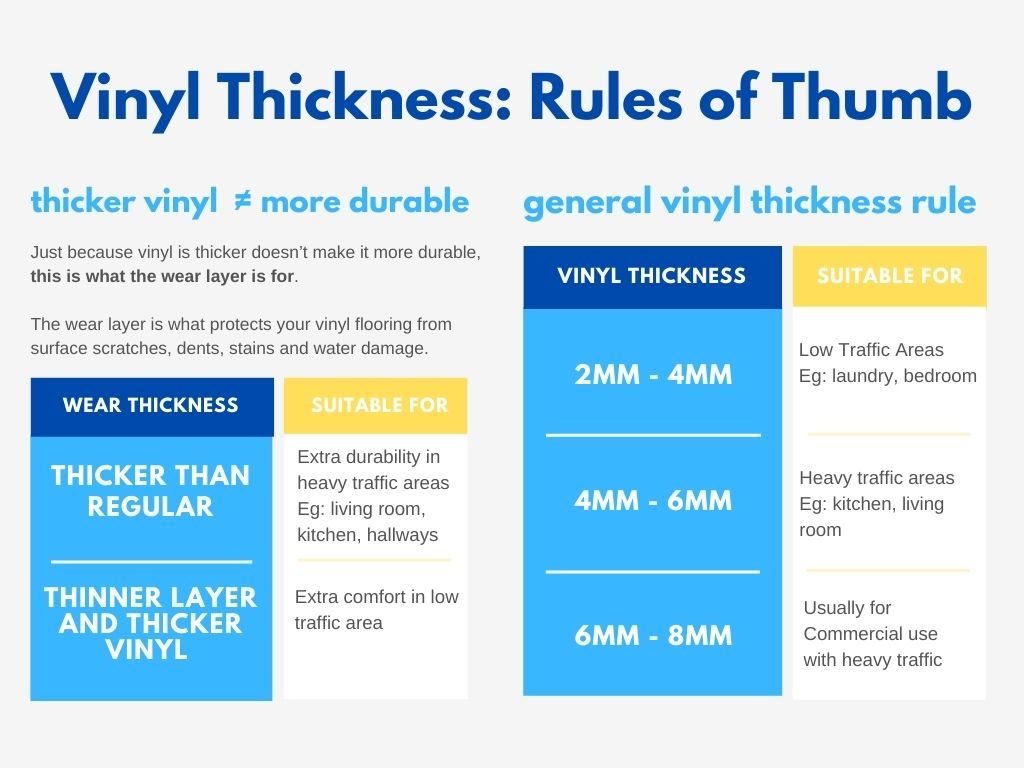
The condition and type of subfloor can play an important role when it comes to choosing the thickness of vinyl. For concrete subfloors, ensure they have been thoroughly cleaned and there are no uneven sections.
Subfloors that contain bumps, dirt or sunken areas can affect the appearance of the vinyl over time. Opt for a thinner vinyl flooring, as concrete provides plenty of stability and support.
If your vinyl is getting installed over wood subfloors, you will need to add an extra layer of wood that is a minimum of ¼” thick. Give it a clean, making sure there is no dust or debris. We recommend choosing thicker vinyl for added stability and support.
If the subfloor are tiles, such as ceramic, porcelain or terrazzo, you’ll need to make sure there are no loose tiles and that the surface is levelled. Thicker vinyl is recommended.
To throw some confusion into the mix, there are several types of vinyl flooring to choose from, which will impact your decision on thickness and durability. Thanks to modern advancements in vinyl technology, it has become one of the most popular floor types amongst Aussie homes.
From luxury vinyl planks and tiles made to mimic genuine hardwood and natural stone to being 100% waterproof and fade resistant, and sturdy rigid cores for commercial use, there’s something for everyone when it comes to vinyl.
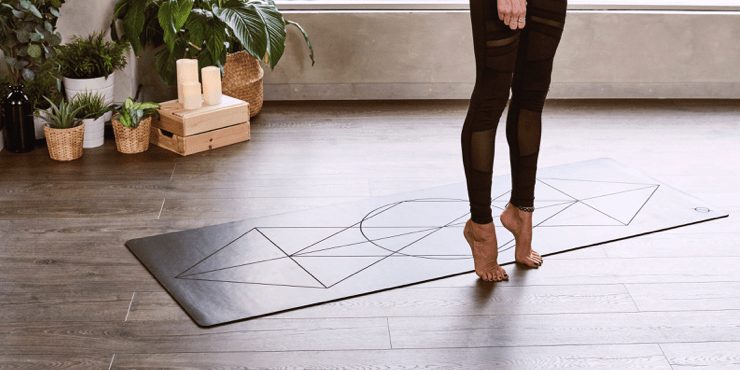
Or LVP for short is a popular flooring option that accurately mimics the natural beauty of solid hardwood, offering a warm, genuine and inviting feeling to your home.
Modern printer technology has become so advanced that it can mimic the texture and character of genuine wood species, as well as offering hardwood finishes, including wire brushed and handscraped.
These planks are typically made to be very durable. It’s rigid construction means it can withstand even the toughest of abuse from high foot traffic, kids, and pets. LVP usually includes a thicker, more durable floor made from multiple layers with a tough wear layer.
There are two types of cores to consider, including WPC (100% waterproof vinyl cores) and rigid core vinyl planks, which are also 100% waterproof.
Rigid core vinyl planks are sturdy and super tough, making them ideal for commercial environments with heavy foot traffic areas — they are practically indestructible.
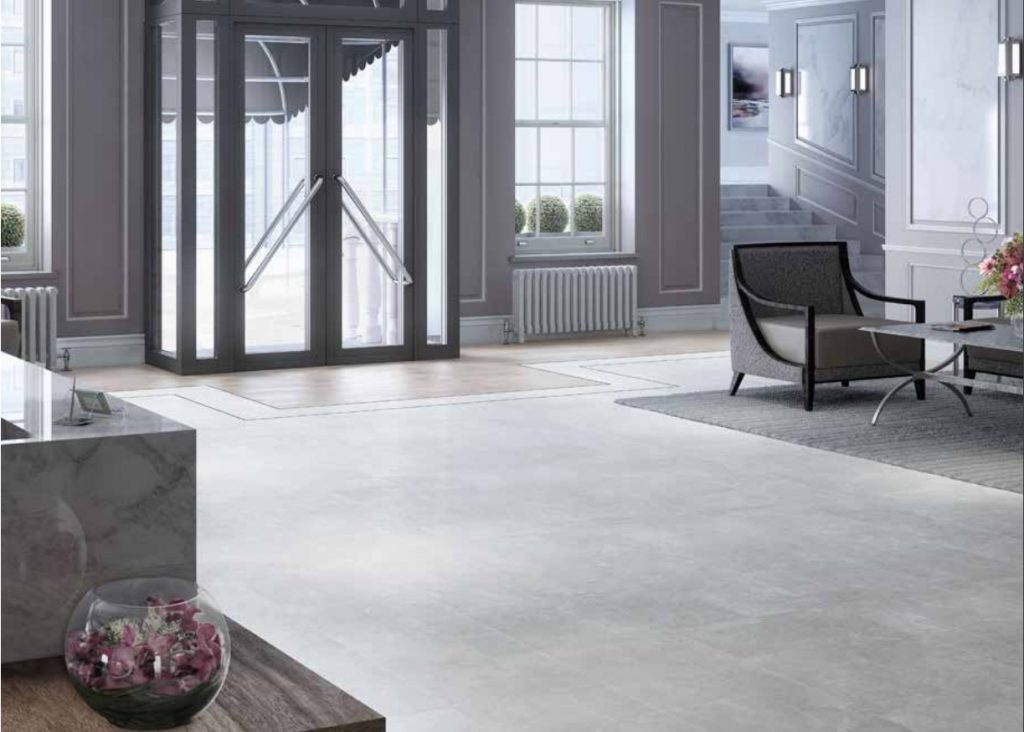
Also known as LVT, is another popular flooring type that offers just as much versatility and design as LVP, if not more.
Luxury vinyl tiles have a rigid construction just like LVP, which is what makes it so durable. It has been designed and manufactured to handle high foot traffic, is scratch, dent and stain resistant and in most cases, is waterproof. You can even get UV inhibitors which help protect it from the sun’s harmful UV rays making it fade resistant.
LVT usually comprises multiple layers, including a durable thick wear layer, realistic image of the design, and sometimes a textured surface.
For high foot traffic areas, you’d want to opt for thinner, more flexible vinyl rather than your PVC plastic composite, which is more rigid and sturdy.
It is low maintenance, water-resistant, low-cost and is the perfect option if you’re after the natural beauty of stone tiles.
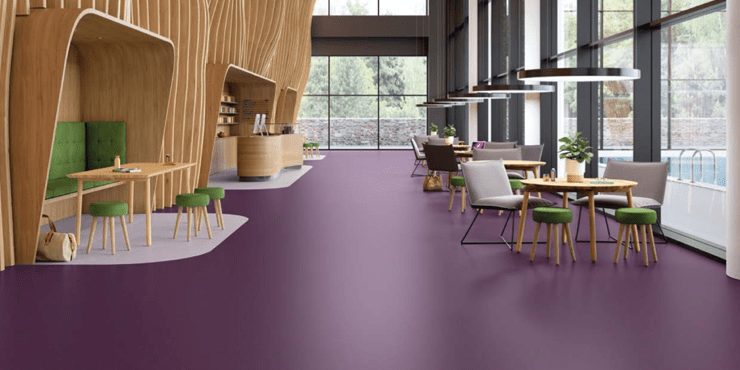
Similar to LVP/LVT, vinyl sheet is typically made up of multiple layers, including a photographed image of a pattern that is inserted beneath the wear layer, and is produced in large rolls.
There are endless design possibilities, allowing buyers to replicate natural wood, concrete, marble and stone. Due to the production process, large mosaic patterns are far easier to achieve as opposed to tiled/plank format.
With a seamless finish, vinyl sheet provides greater protection against moisture penetrating the surface and entering the subfloor.
For this reason, commercial sheet vinyl is an ideal choice for large spaces, including offices, healthcare centres, kitchens and schools where there is high foot traffic or moisture.
However, unlike LVT/LVP, if vinyl sheet is irreversibly damaged or stained, you only have two choices. You either replace the entire floor with a new sheet or cut out the damaged section and fill in the gap with a new piece.
Both options can be quite costly, you also risk compromising water penetrating through the seams of where it has been cut. You may also fail to mimic the original pattern.
To summarise, if you’re installing vinyl flooring in high traffic areas, we recommend choosing a thicker vinyl floor as it will provide more stability, comfort and support.
They also help more with imperfect subfloors. However, it’s always best to ensure your subfloor is in optimal condition that is clean, even and dry.
When it comes to purchasing vinyl flooring, it is always a good idea to ask your rep as many questions as possible to ensure you get exactly what your home or business needs.
If you’re struggling to make a decision or simply just after some advice, contact our team or head into one of our boutiques and we will be happy to assist.